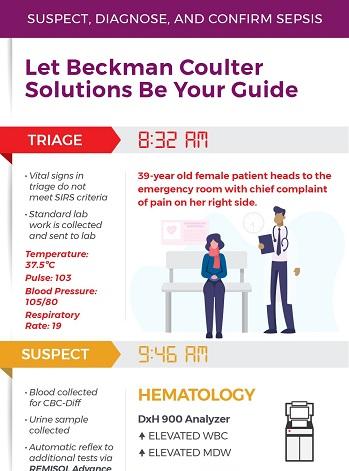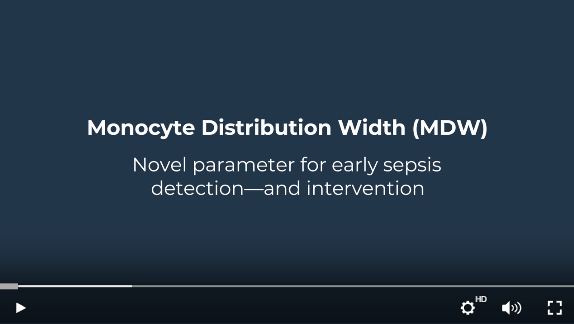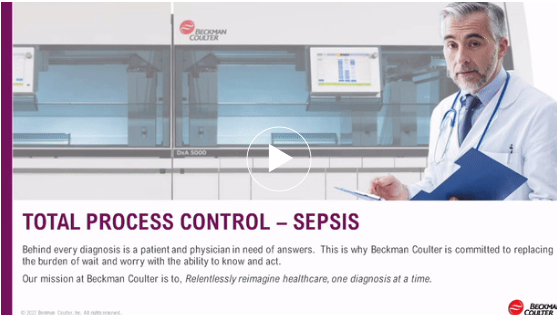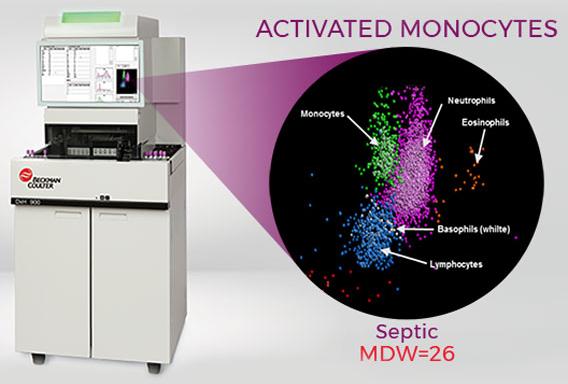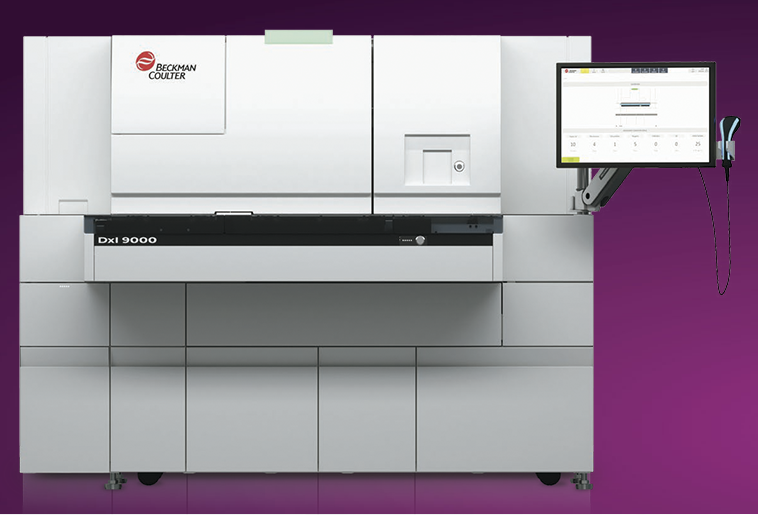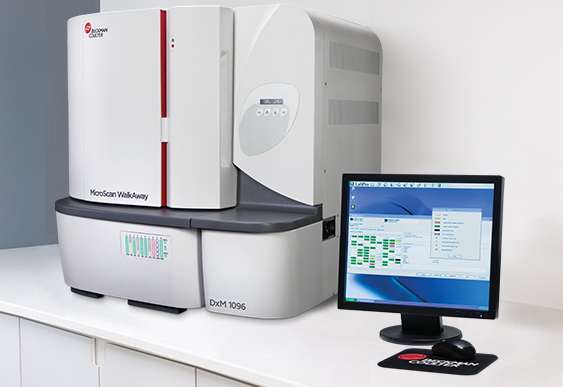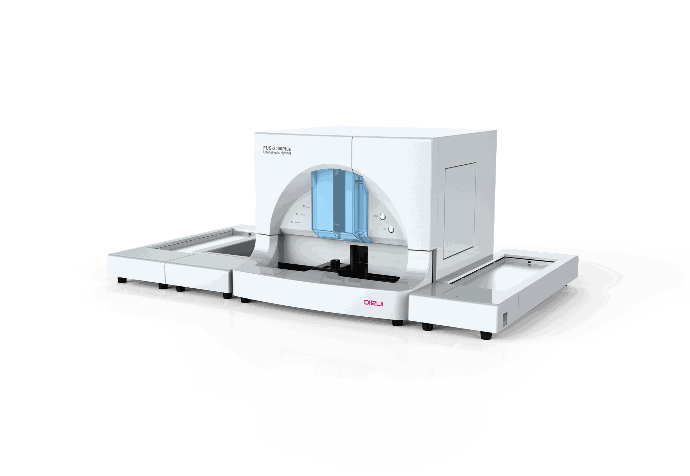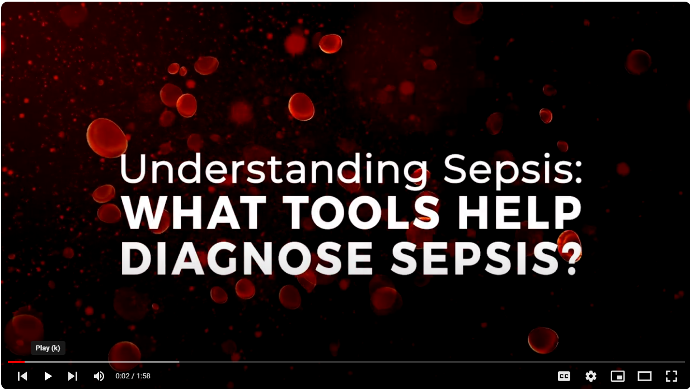Sepsis is a life-threatening organ dysfunction caused by a dysregulated immune response to infection. The occurrence of sepsis is increasing at an annual rate
of 1.5%, making it a significant global healthcare concern. Sepsis has a high mortality rate, killing more individuals than prostate cancer, breast cancer and HIV/AIDS combined.2,3,4 In addition to the human toll, sepsis is costly to healthcare organizations. Sepsis-related costs—which may include longer hospital stays, ICU admissions, hospital readmissions and extensive testing and patient monitoring—surpass $24 billion.6
THE FACTS ABOUT SEPSIS
- 1.7 million people are diagnosed with sepsis each year in the U.S.
- 2/3 of septic patients enter the health system via the ED
- Sepsis is the No. 1 cause of hospital readmission in the U.S.
- In the U.S., sepsis is the costliest reason for hospitalization
- 20% of patients with sepsis are rehospitalized within 30 days.
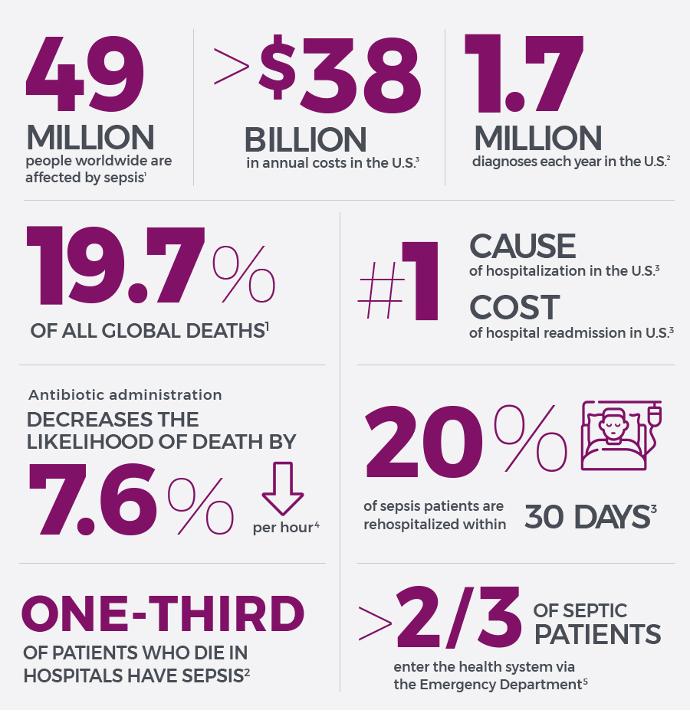
THE SEPSIS PATIENT PATHWAY IS COMPLICATED
Sepsis can cause devastating patient consequences and drive significant healthcare costs. Timely administration of antibiotics to patients with sepsis decreases the likelihood of death. Supporting better patient outcomes across their journey requires a broad and comprehensive approach.
See one patient’s journey from initial assessment in the Emergency Department through treatment in the Intensive Care Unit to eventual discharge.
For septic patients, IVD testing is crucial to support effective treatment. Testing can be done using many different biomarkers and systems belonging to different laboratory disciplines.
What if you could act faster and avoid patient health deterioration? Watch these on-demand webinars to learn more about the tools used to identify sepsis to bring treatments to patients faster
DISRUPTIVE INNOVATIONS IN THE SEPSIS PATIENT PATHWAY AND THE IMPACT ON ANTIBIOTIC STEWARDSHIP
Clinical experts discuss current practices and innovations needed to improve antibiotic use and antibiotic stewardship for better patient outcomes
Learn more about:
- The overview of the sepsis patient pathway
- Biomarkers in the sepsis pathway (negative predictive value MDW)
- Current practices in the microbiology laboratory, including antimicrobial susceptibility testing biomarkers and molecular testing
and more !
SOLUTIONS THAT IMPACT SEPSIS PATIENT
With increasing frequency, UTIs caused by ESβL-producing Enterobacterales are seen in outpatients with no previous healthcare exposures.5 Learn more about how our MicroScan panels feature drugs recommended by IDSA* and the ECDC** to treat pyelonephritis and complicated urinary tract infections caused by ESBLs.
WHAT IS MONOCYTE DISTRIBUTION WIDTH?
What if an enhanced CBC was a way to help in early identification of severity of infection and risk of sepsis?
Monocyte Distribution Width (MDW) is a regulatory-cleared, in vitro diagnostic parameter that reflects a change in circulating monocytes volume in response to pro-inflammatory signals from infectious organisms. Monocyte Distribution Width (MDW) is a measure of increased morphological variability of monocytes in response to bacterial, viral or fungal infections. The quantitative analysis of MDW has received regulatory-clearance as an aid in identifying severity of infection and risk of sepsis in adult patients in the ED.The Role of MDW Parameter in ED-Based Sepsis Diagnosis> SEE ALSO
PROVIDING DATA TO DRIVE LIFE-SAVING DECISIONS THERE’S LARGE UNMET CLINICAL NEED FOR THE EARLY DETECTION OF SEPSIS.
Monocyte Distribution Width (MDW), proprietary to Beckman Coulter analyzers, is the only regulatory-cleared hematological biomarker that helps to establish severity of infection and risk of sepsis in adult patients in the emergency department. MDW is a measure of increased morphological variability of monocytes in response to bacterial, viral or fungal infections. MDW is reported automatically as part of a routine CBC with Differential test on the DxH 900 and DxH 690T hematology analyzers using the Early Sepsis Indicator (ESId) application, which enables automatic reporting with no workflow changes or need to order an additional test.
SEPSIS LAB AND CLINICAL MANAGEMENT JOURNEY
Watch Dr. Tobin Efferen and Hunter Bowen’s presentation on sepsis diagnosis and management highlighting the use of standardized laboratory and clinical operations in the context of one patient’s journey from initial assessment in the Emergency Department through treatment in the Intensive Care Unit to eventual discharge.
Explore solutions for Sepsis Patient Management
Early Sepsis Detection - eLearning Video Center
